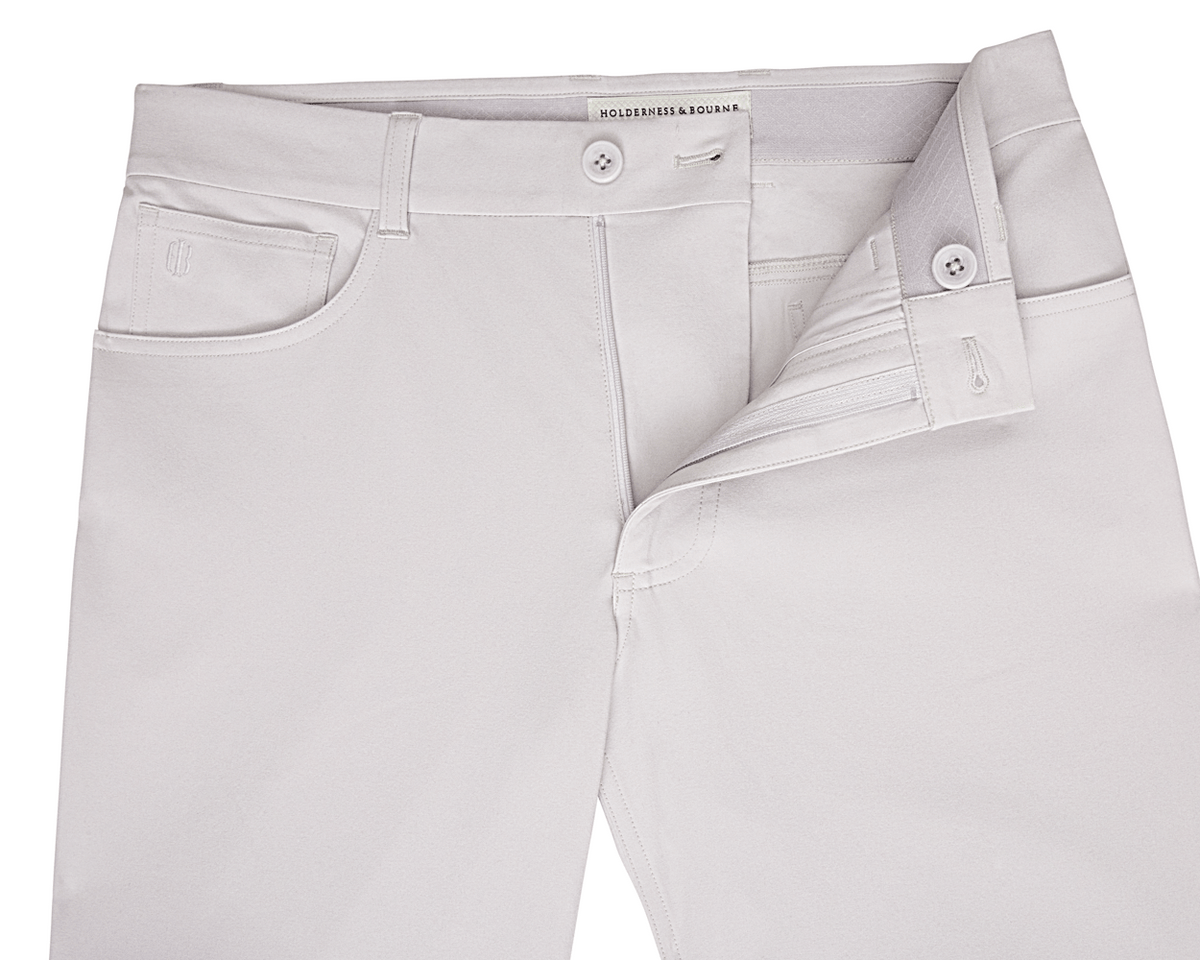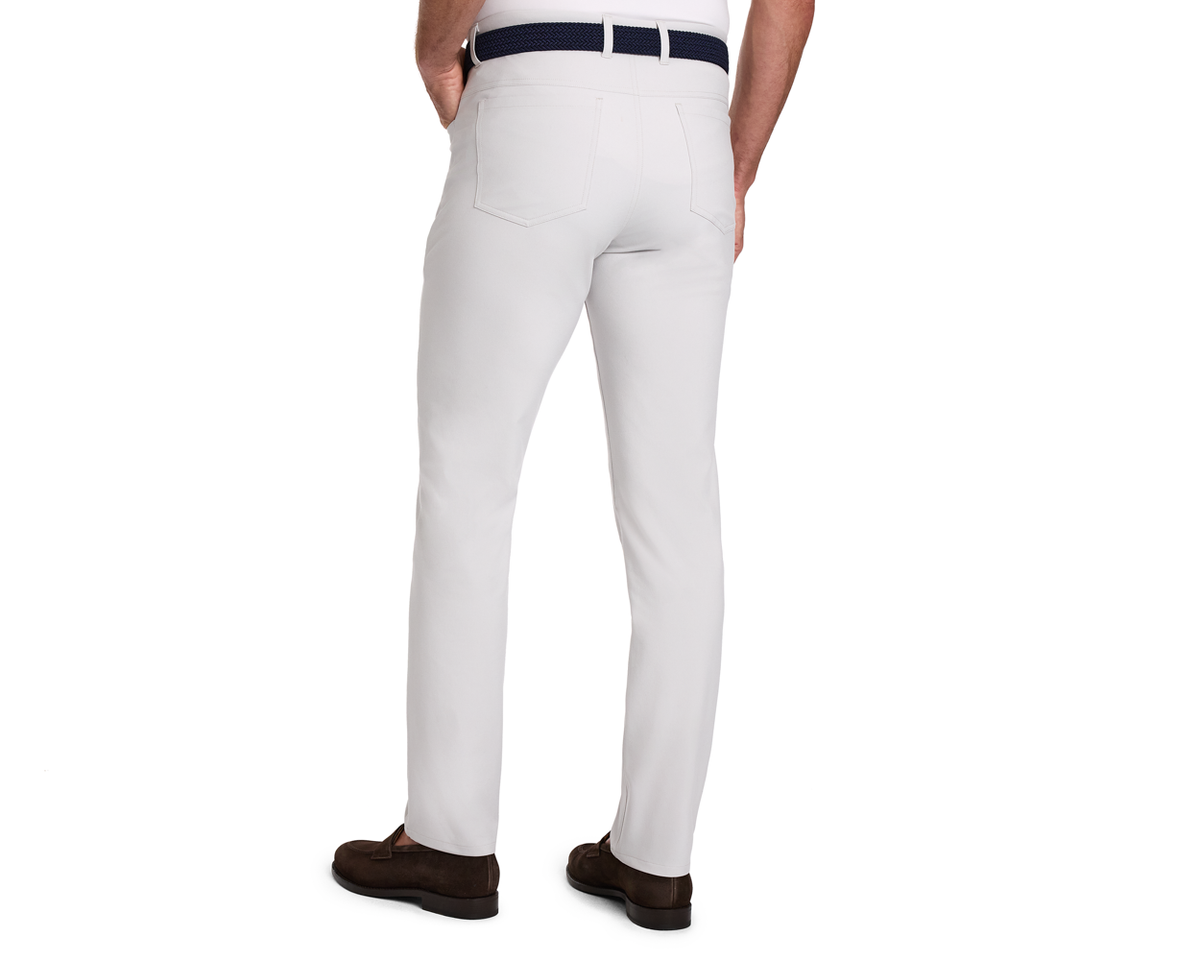
The Golf Champion Trophy is the most famous piece of silverware in the game. Of course, it’s rarely referred to by its proper name--most folks know it as the Claret Jug.
Given every year to the winner of the Open Championship (aka the Champion Golfer of the Year), the Claret Jug stands just under 21 inches tall and weighs only five pounds. With a handle that looks like a bass clef, a tapered body, and an elegantly curved spout reminiscent of a swan’s beak, the jug is certainly regal. But why does one of the world’s most prestigious events offer such a relatively puny trophy?
Because despite its small dimensions, the Claret Jug is the ideal size to hold a measure of claret--a red wine beloved by the British.
Back to School
A quick history lesson for the oenophiles and golf nuts out there. Way back in 1152 (think Crusades and Dark Ages), King Henry II of England married Eleanor of Aquitaine, the queen of France, giving Henry dominion over most of Western France. This region included Bordeaux, famed for its red wines.
As French reds made their way to England, the English took a liking to a dark rosé called clairet. They Anglicized this to claret, and it became the favored wine of the British from the 12th century onwards. Though the style of wine described as “claret” morphed from a fruity rosé to a dry, blended red, the name stuck.
The Drink of Choice
For as long as golf has been played, golfers have been consuming adult beverages before, during, and after the round. These days, beer and whiskey are the likely go-tos for most Stateside golfers, but those who play at Britain’s older clubs stay closer to their roots.
And those roots stretch back pretty far. The founding of the Honourable Company of Edinburgh Golfers (the famed club playing out of Muirfield) was described by Country Life magazine as being “shrouded in the mists of antiquity” ... and that was in their January 26, 1907 issue. The article goes on to describe the minutes of some long-ago meetings of this society, including several “liquid fines” levied against members for etiquette breaches that required payment of “two tappit hens”--a measure roughly equaling three quarts of claret.
The article also references the Honourable Company’s Bett Book, a wager log still in use today. Any member who makes a bet and fails to play it out on the appointed day must pay the company one pint of claret for every guinea the bet was worth. A steep price, and one that likely kept members from reneging on too many bets.
Claret’s ubiquitousness has been borne out in literature spanning more than 200 years. Both Peter Alliss’s 2006 autobiography Alliss’ 19th Hole and Tobias Smollett’s 1771 novel The Expedition of Humphrey Clinker mention the drink. In Aliss’s account, he names claret “the drink of choice” at Muirfield (and many other old British clubs), and says that the “‘three-bottle man’ was esteemed.” Smollett’s novel describes the Honourable Company as possessing some high-spirited chaps who “never went to bed without having each the best part of a gallon of claret in their belly.”
Muirfield’s Famed Lunch
To this day, the claret-drinking tradition endures at Muirfield, where it’s just one part of an elaborate (and nearly mandatory) lunch ritual. Foursomes is the preferred game here, and a day with a member of the Honourable Company has been described as three sets of two and a half--a quick foursomes match in the morning, then a two-and-a-half-hour lunch, followed by a similarly brisk session of afternoon foursomes.
To many, Muirfield’s lunch courses are more memorable than its golf course. In a 1987 Sports Illustrated article, club Secretary Major J.G. Vanreenen, Royal Engineers (Ret.) ran down the menu. The full breakdown: “‘Smoked-haddock pie and a choice of two soups to start, three roasts, beef, lamb and pork, steak-and-kidney pie, and mince, a minimum of six vegetables and two potatoes, a choice of 15 puddings—sweets, as you call them—and a choice of a dozen different cheeses.’”
All washed down with generous pours of claret.












